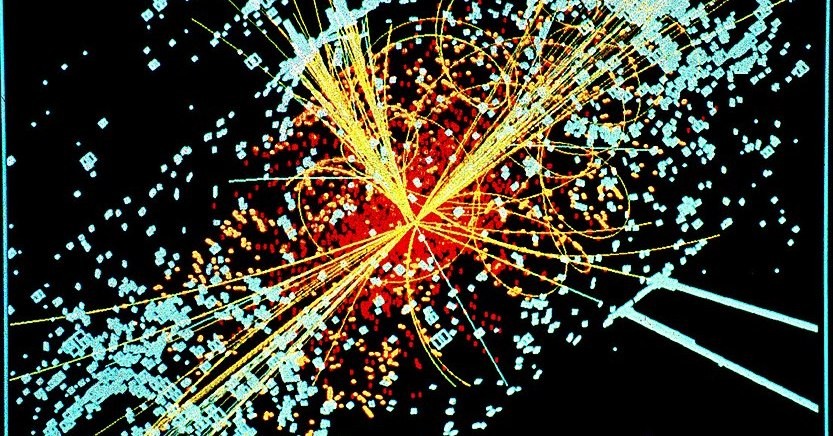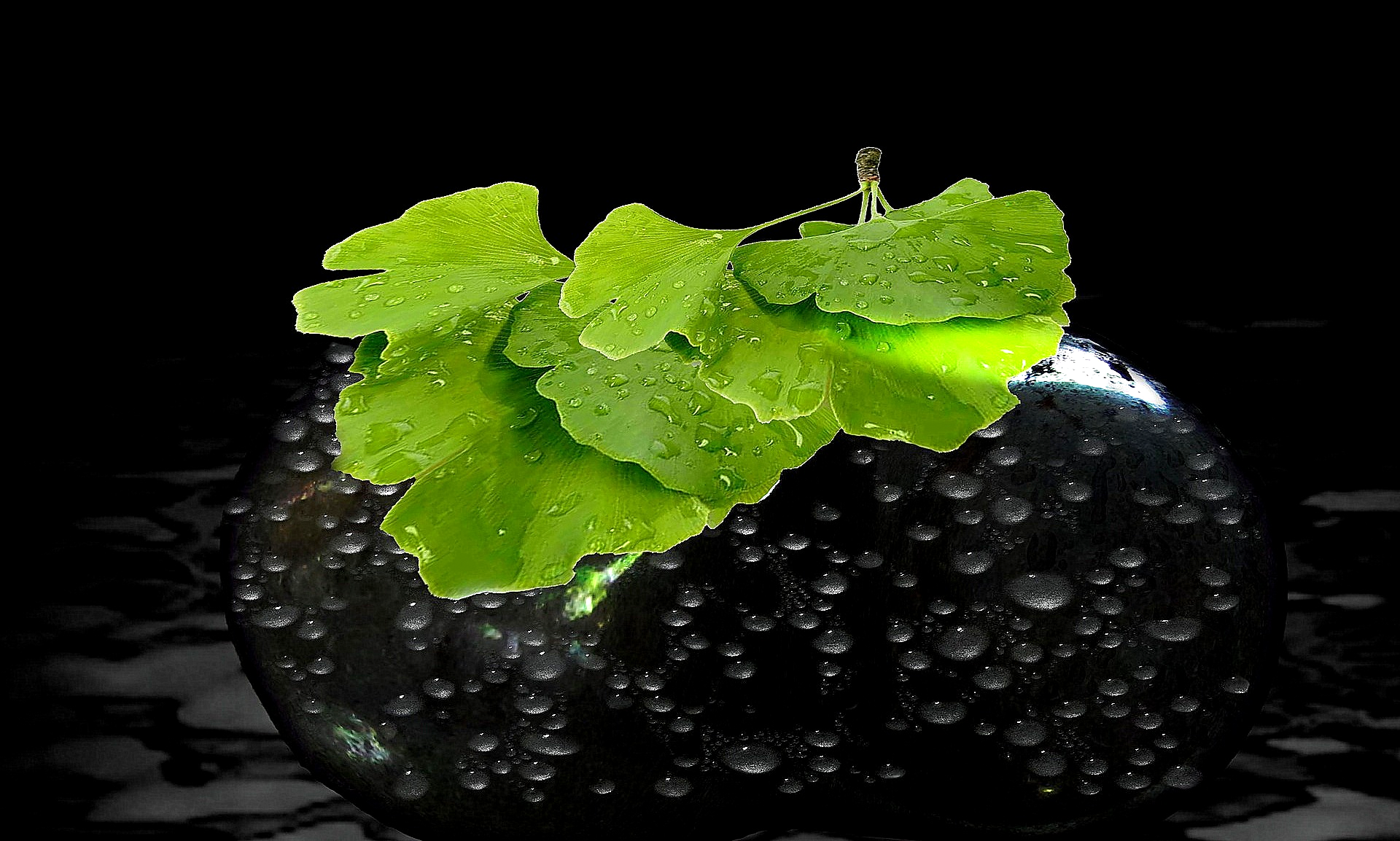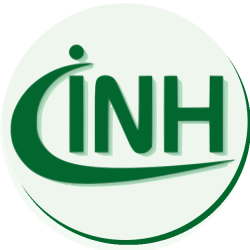Summary
Physik und Homöopathie - ein Feld unauflöslicher Widersprüche.
Physics and homeopathy - a field of irresolvable contradictions.
About Homeopathy and Physics

One of the most prominent advocates of homeopathy, Prof. Dr. Dr. Harald Walach, former head of the Institute for Transcultural Health Sciences (IntraG) at the University of Frankfurt/Oder, explains: “In my opinion, homeopathy is simply very systematized magic” and “Homeopathy is first and foremost doing nothing with benevolence”.
As a physicist I can fully agree with this statement. According to this, the suggestive effect of the doctor is supported by the belief in the medicine. In addition, Walach, however, by no means regards homeopathy only as a placebo, but rather assumes its specific effectiveness, which is supposed to be based on an “anomaly” compared to existing science.
As a scientist, I do not say as a matter of principle: This is not possible, or: it does not exist, but I assume that the opposite side is right. I then count how many Nobel Prizes would be due if they were right. A Nobel Prize is due if the discoverer produces something that, according to the current doctrine, should not even exist. Example: It was a generally accepted doctrinal statement that there are no crystals with five-fold symmetry. Then Dan Shechtman showed that certain substances at certain temperatures do have five-fold symmetry and was awarded the Nobel Prize.
What is the tension between physics and homeopathy?
Many of the phenomena that homeopathy tries to address fall into the realm of physics.
-
-
Succussion phenomenon
-
Hahnemann assumes that “potentiation”, i.e. gradual dilution with shaking in between (lat. succussio) produces something qualitatively different than simple dilution in one go. He calls this “spiritual power”. Such a phenomenon is unknown to modern physics and chemistry.
-
- Phenomenon of absence
Let us consider the frequently used homeopathic remedy Belladonna 30D. 30D means that 30 times diluted 1:10.
This dilution corresponds to the dissolution of a sugar lump in a quantity of water that has room in a thousand earthly spheres. If you compare the basin in which glasses are washed with the volume of a thousand globes of earth, then you will understand my sentence: In no restaurant will your glass be freed from the traces of the previous drink and the previous drinker as perfectly as a bottle of Belladonna 30D of Belladonna. Where it says Belladonna 30D, there is no belladonna in it. The preparations in potency 30X (30C) are important for homeopathy, because according to Hahnemann (§ 128 Organon) they are usually used to determine the homeopathic drug pictures. These drug images are the basis of homeopathic therapy. Homeopathy therefore stands and falls with the producibility and effectiveness of the 30X preparations. 30X means that 30 times 1:100 was diluted. Here the water in earth’s spheres is no longer sufficient, here one can only reckon with billions of galaxies.
-
- Purity phenomenon
Now that we know that in a high potency homeopathic there is “nothing in it”, I ask the reverse question: “What’s in it?” What’s in it is what the homeopathic pharmacopoeia says. It prescribes that “purified water” and “alcohol” must be used.
But water and alcohol are by no means completely pure substances. In some areas water contains lime, in others iron. Alcohol contains different secondary components, depending on whether it was made from grapes, rye, potatoes, rice, corn, sugar cane, etc. The type of yeast also has an influence. These secondary components are co-potentiated. According to the European Pharmacopoeia, the evaporation residue of “purified water” may be 1 mg per 100 ml. This corresponds to D5. In addition, purified water may contain 100 microorganisms per ml.
For alcohol, the permitted evaporation residue is 2.5 mg per 100 ml. To this must be added the volatile components. In total, the sum of the volatile components may amount to 300 ppm. This is more than D4. This is not a cheap liquor, but the pharmacist’s alcohol with which homeopathics are made.
The manufacturer will always use the cheapest available products as water or alcohol. Depending on the market situation, this results, for example, in “iron in potatoes with microorganisms from the Rhine” or “lime in sugar cane with microorganisms from the Danube”.
If globules are produced correctly according to § 270 Organon, the secondary components of milk sugar and flow paper are also included.
This results in completely different preparations which have only two things in common: It says belladonna on the label. There is no belladonna in it. So the pharmacopoeias determined in this way and the books based on them (Materiae medicae and repertory books) are wrong. Therefore I formulate my falsifiable thesis:
In the high potency range the homeopaths do not only work with wrong medicines, but also with wrong books
-
-
Medicine receptor phenomenon
-
Today’s medicine assumes that the drugs dock as matter in the body to certain receptors. Since C30 preparations do not contain any matter of the original substance, the body would have to have some kind of sensors for the “spiritual force”. These are unknown to modern medicine.
Dr. Ulrike Keim, lecturer for homeopathy in the IntraG, has determined the drug image of marble, correctly according to Hahnemann using the potency C30. She found that marble C30 causes dreams of fairies.
This opens the way for a revolution in physics, chemistry and medicine. I have repeatedly called for a reproduction of the result. If successful, the corresponding Nobel Prizes are due and Frankfurt (Oder) will go down in the history of science like Berlin-Dahlem did with the discovery of nuclear fission.
To illustrate: If the high potencies do not have an effect specific to the original substance, homeopathic pharmaceutical companies can close down their factories. All that is needed is a large drum of solvent from which the vials are filled without a label. Depending on the doctor’s prescription, the pharmacist then prints the label with Sodium muriaticum D60 or Luesinum C200. This works by “doing nothing with benevolence”.
The argument of the wrong books is independent of the placebo effect and hits homeopathy in the pith. If my thesis is wrong, then physics must be changed more than by Planck and Einstein, medicine more than by Semmelweis and Koch – and numerous Nobel Prizes are due.
I write consciously: “to be changed more than by …” Planck and Einstein did not change the physics of the phenomena they found; the steam engine and electric motor still function just as before. They have extended the field of application of physics to phenomena that previously could not be produced at all because they did not have the equipment to do so. Planck extended physics to the very small phenomena, Einstein to the very large ones.
In the case of homeopathy, phenomena are said to occur that can be produced by simply diluting and shaking in any pharmacy for 200 years. If these were to be explained, physics would have to be changed more than by Planck and Einstein. Semmelweis has taught that substances produced on cadavers cause childbed fever; Koch has taught that some bacteria cause diseases. In any case, it is the effect of matter. Homeopathy, however, is not about matter, but according to § 128 Organon it is about “forces laid into sleep” (in Boericke’s translation “powers that lie hidden in them”) or in today’s terminology “information” or “vibration”. Should these be able to have an effect on humans, medicine would have to be changed more than by Semmelweis and Koch.
The above statements referred to the mechanism of homeopathy. What about its proof of effect?
Here, advocates and critics of homeopathy argue with elaborate studies and meta-studies, which they interpret in different ways with a great deal of scientific logic and statistics. I see things more simply:
Is there evidence for the effectiveness of homeopathy? That is not what I ask the sceptics, but three scientists who are in a very homeopathy-friendly environment:
-
- The Carstens Foundation has created an endowed chair at the Charité in Berlin. It financed a professorship for five years. This professorship was held by Claudia Witt, who states in her post-doctoral thesis: “A clear proof of the effectiveness of homeopathic medicines and the formulation of a mechanism of action of homeopathic potencies is still not available today”. That’s a sentence like a hammer blow. Apparently neither the two rapporteurs nor the director of the institute, Prof. Willich, have objected to this sentence.
- Four years later, Witt and Willich write in a joint statement: “To date, there is no clear evidence that homeopathic remedies differ from placebo”. I assume that Witt and Willich are competent scientists. They know that proving the effectiveness of homeopathy would radically upset the science of today. They make no such claims.
- Witt thanks Rainer Lüdtke, a graduate statistician who is now working for the Stifterverband für die deutsche Wissenschaft. Until 2011 he worked for the Carstens Foundation for 18 years. He provided scientific support for numerous studies on homeopathy, including dissertations. He is probably the one with the greatest overview of the study situation. So you might expect him to say: “In Study X we have established the effectiveness of homeopathy beyond doubt and are now waiting for the Nobel Prizes”. Far from it! What is Lüdtke doing after 18 years at the Carstens Foundation? He is writing an editorial in the journal “Forschende Komplementärmedizin” (Researching Complementary Medicine), which he co-edited, in which he reflects on how placebo effects are created. After 18 years of thinking – about placebo: that is probably the worst thing you can say about homeopathy.
In short: If even Witt, Willich and Lüdtke have not found proof of the effects of homeopathy, then there is (so far) none!
(Author: Prof. Dr.-Ing. Martin Lambeck †, physicist and author of the book “Irrt die Physik” (Is Physics Wrong?), C. H. Beck-Verlag, 2015)
Learn more about “Homeopathy works with vibrations and subtle energy“.


One Reply to “What does physics say about homeopathy? (And why does it have something to say about it?)”
Comments are closed.